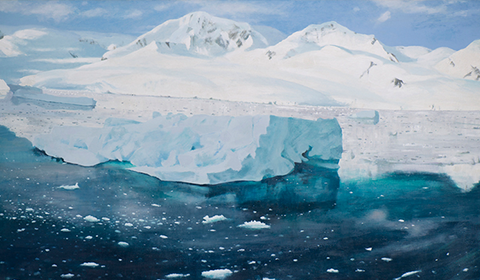
Eight Women Artists spanning four centuries in Dundee's Collections'
The McManus: Dundee's Art Gallery and Museum offers a fascinating insight into Dundee and with 8 galleries to explore, there is a wealth of information to discover in our exhibitions of art, history and the environment.
To celebrate #WomensHistoryMonth, we want to shine a spotlight on some of the wonderful works by women artists that we have in Dundee City’s collection. Join us as we travel through time from the days of powdered wigs to the age of cutting-edge silver sculpture in these great works of art by pioneering and creative #womenartists. #ScottishArt #ArtHistory #ScottishArtHistory
18th century: Katherine Read (1723-1778) – Portrait of Willielma Campbell, Lady Glenorchy (1762)
Artist Katherine Read was born into a Dundee merchant family. A ground-breaking figure, she was the first Scottish woman to pursue professional training as an artist – first in Paris, then in Rome. Establishing a successful portrait practice, her reputation was made when she painted Queen Charlotte and her children. The sitter Willielma, Lady Glenorchy, was also an independent woman in her own right. Widowed in her thirties, she is shown here as an accomplished musician in the happy early years of marriage.
Our Portrait of Willielma Campbell (nee Maxwell), Lady Glenorchy (1762) by Katherine Read is going on loan to Tate Britain, London. It will be on show in their exhibition Now You See Us; Women Artists in Britain 1520-1920, running from 16 May – 13 October 2024.
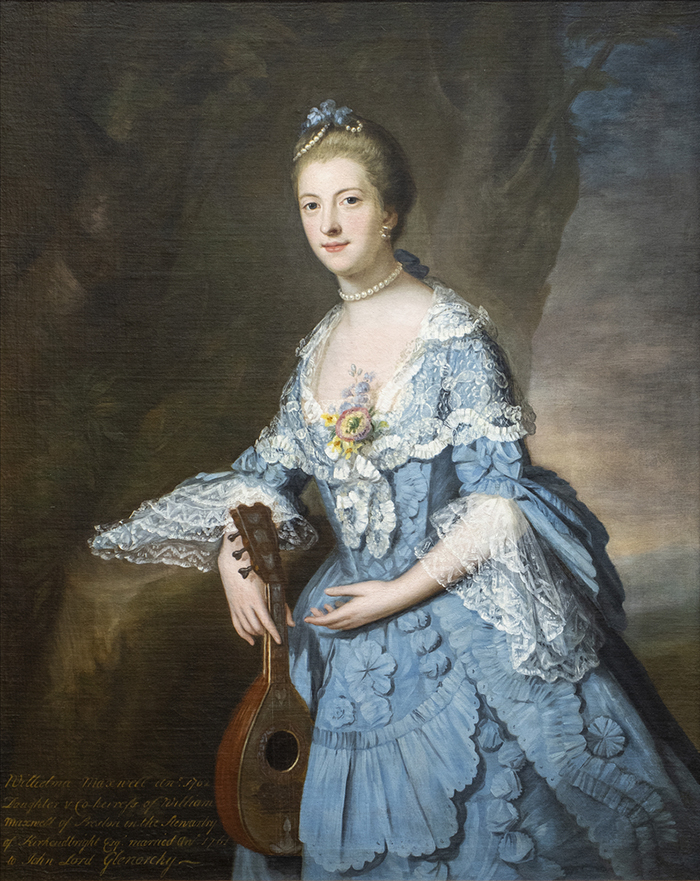
19th century: Jane Stewart Smith (1839-1925) – Dundee from the River (1873)
Jane Stewart Smith was born in London in 1839 but lived in Edinburgh and is better known for her watercolours and oils of Edinburgh street scenes. Her landscape paintings were included in almost every Royal Scottish Academy exhibition from 1865 to 1887. As well as scenes of Edinburgh she also painted in Fife and East Lothian as well as other areas of Scotland, as evidenced by this detailed view of a newly industrialised Dundee from the River.
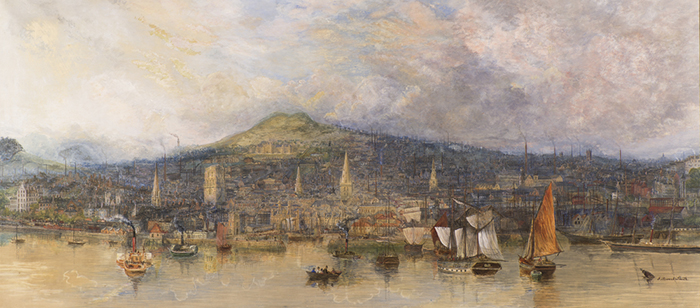
19th century: Kate Macaulay (1849-1914) - The Wreck (1879)
Kate Macaulay painted and exhibited extensively in Scotland and England. She was a member of London’s Society of Female Artists and the Scottish Society of Painters in Watercolour (SSW). This painting was one of Macaulay’s two ‘diploma’ pictures required for membership into the SSW. It is a picturesque view of a shipwreck that highlights her ability to depict both landscape and seascape. She remained an active member of the Society until 1898, when she resigned.
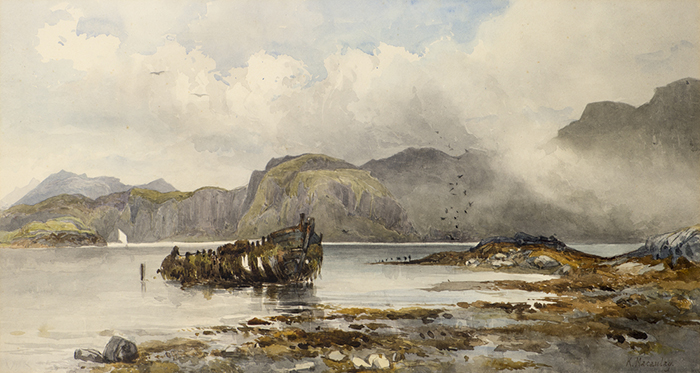
Early 20th century: Elizabeth Mary Watt (1885-1954) - Pittenweem Harbour (1925)
Elizabeth Mary Watt was born in Dundee and enrolled as an evening student at The Glasgow School of Art in 1905. Watt became a freelance artist and designer and exhibited as an artist member of the Glasgow Society of Lady Artists from 1919. She also exhibited several times at the Royal Glasgow Institute of the Fine Arts from 1922 and at the Royal Scottish Academy in 1925 and 1930.
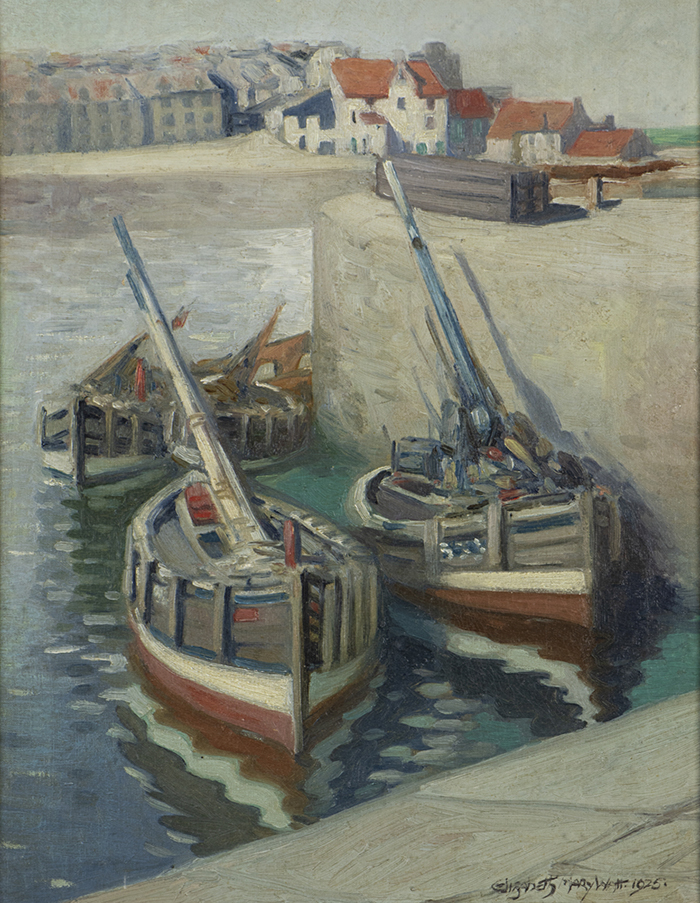
Mid 20th century: Wilhelmina Barns-Graham (1912-2004) - Orange, Black and Lilac Squares on Vermilion (1968)
Born in St Andrews, Barns-Graham studied at Edinburgh College of Art. She moved to Cornwall in 1940, where a number of leading Modernist artists had gathered to escape war-time London. Inspired by their work and the surrounding sea and landscape, Barns-Graham became a leading member of the St Ives School which came to the forefront of British art during the 1950s. This painting is from a series in which she explored the possibilities of geometric shapes and colour.
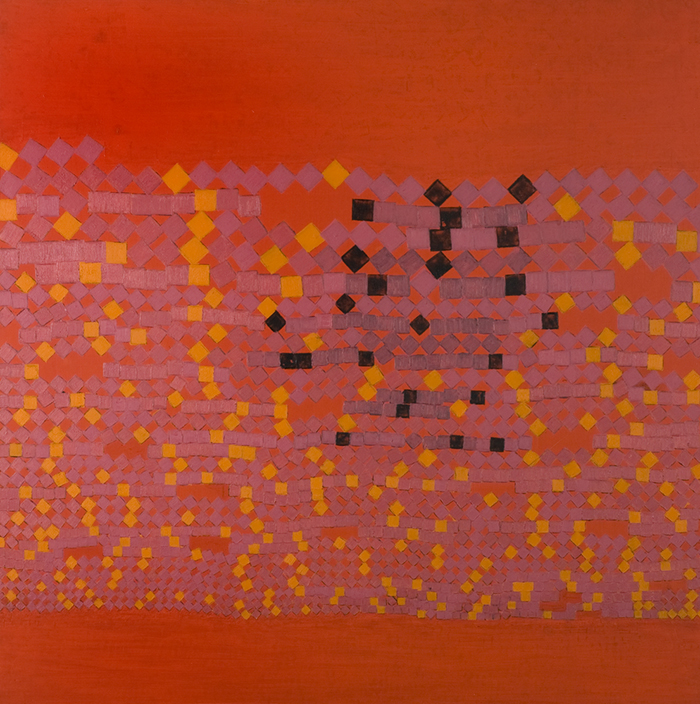
© Wilhelmina Barns-Graham Trus
Late 20th century: Pat Douthwaite (1934-2002) - Frightened Actress (1980)
Pat Douthwaite initially trained as a dancer with Margaret Morris, the wife of Scottish Colourist JD Fergusson, though she soon decided that dancing was not for her and turned instead to painting. She went on to develop her signature style, using bold outline, graphic shapes and strong colour. Throughout her career she concentrated on images of women and through these she found a vehicle to express her innermost thoughts and feelings. Describing herself as a transmitter, she explained, “I identify psychologically with the person I am painting - I become her.” Today Douthwaite is widely considered to be one of the true originals of British Art.
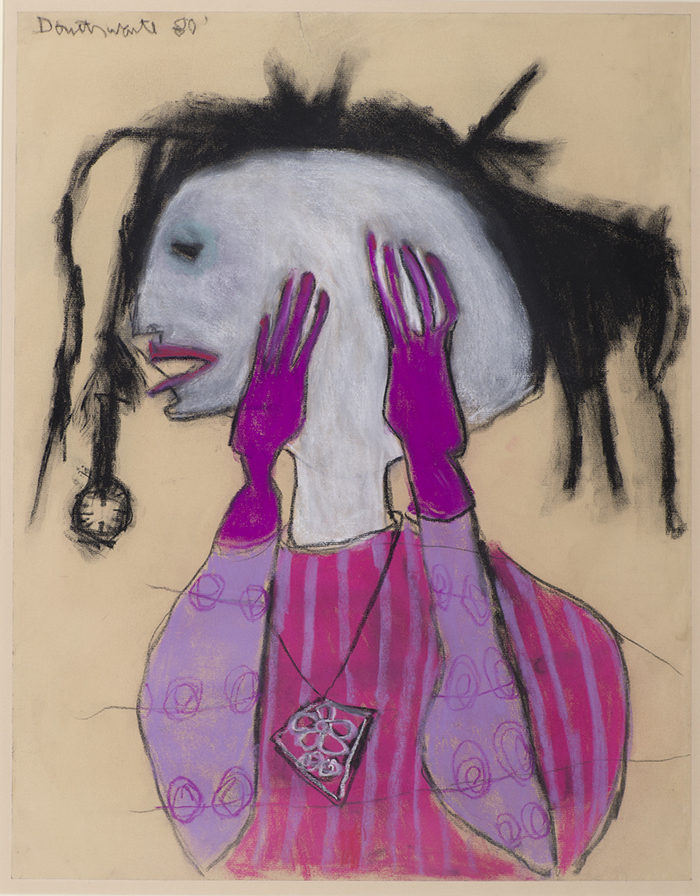
© Toby Hogarth
21st century: Frances Walker (b.1930) - Late Summer, Antarctica (2009)
Frances Walker is acknowledged as one of Scotland’s finest artists. Inspired by wild and remote places, she captures the edges of civilisation. This is one of six paintings by Walker that form The Antarctic Suite, the result of a voyage there in 2007. Here she has captured the dazzling whiteness of the mountains, shot through with the luminous other worldly colour of glacial ice. Both are contrasted with the inky depths of the freezing waters - the coldest and densest in the world. Dundee is privileged to have been presented with the suite of paintings which Walker considers to be the finest of her career. It is a rare example of a living bequest which she hopes will inspire future generations of artists to do the same..
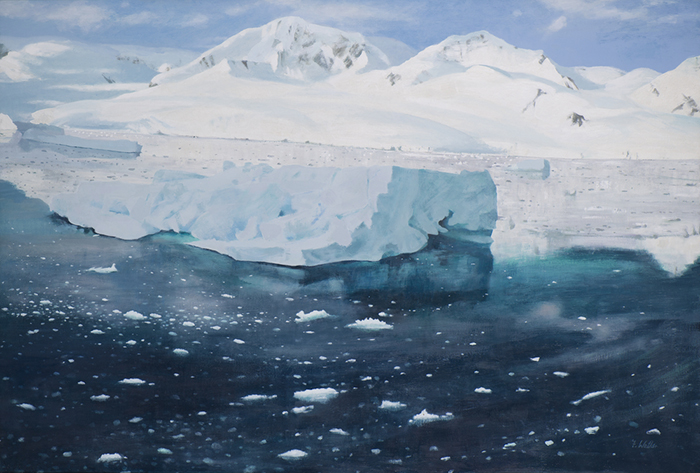
© The Artist
21st century: Katie Paterson (b.1981) - Precious metals returned to their stars (Ideas series 2015-)
Katie Paterson is widely regarded as one of the leading artists of her generation. 'Precious metals returned to their stars’ is from her ‘Ideas’ series of works that are precisely crafted from solid silver using Micro-waterjet-cut technology. They are short three length sentences, reminiscent of Japanese haiku in form and in their evocation of natural imagery. Paterson’s projects are the culmination of long periods of research and collaboration with leading scientists, including astronomers, geologists and meteorite experts, to translate complex ideas into beautiful, profound works of art. Dundee City holds three works from the Ideas series, specially selected to make connections with our collections that highlight Dundee’s historic involvement in the exploration of the furthest extremes of the world.
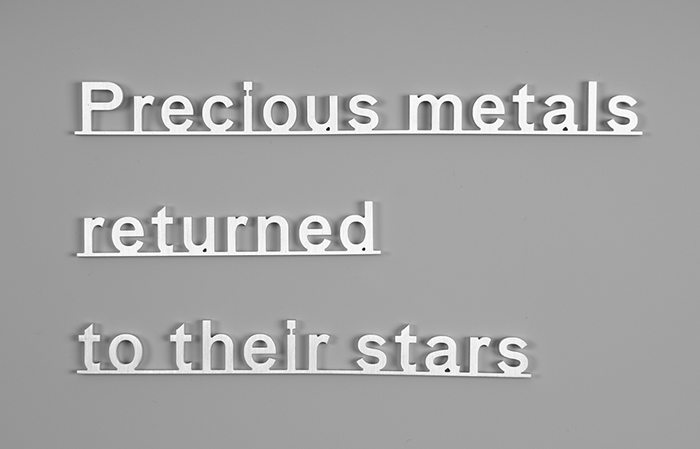
© Katie Paterson


